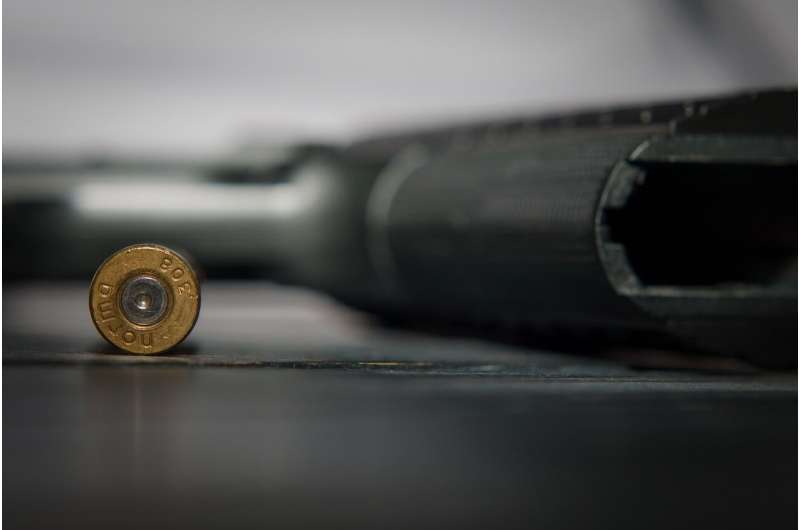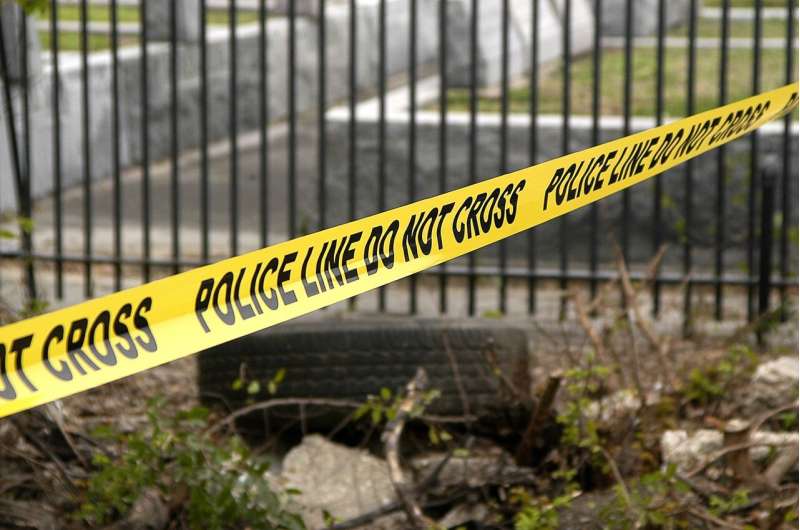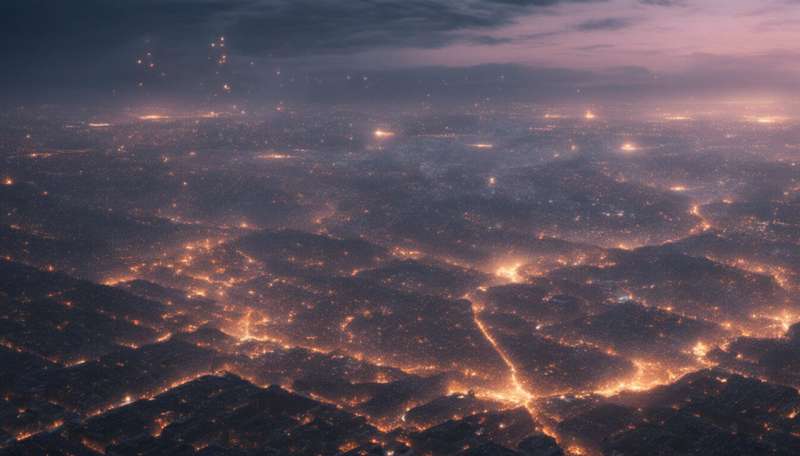
An activist from the Extinction Rebellion (XR) climate change group sits on a giant wooden rocket as they block the exit to an Amazon distribution centre in Tilbury
Isobel Asher Hamilton
Fri, November 26, 2021,

An Extinction Rebellion protester outside an Amazon warehouse in Bristol, UK.Alex Street
Extinction Rebellion blockaded 15 Amazon facilities in Europe on Friday, the activist group said.
The group said Amazon's "environmentally destructive business practices" were behind the protest.
Extinction Rebellion said it plans to keep protesting for at least 48 hours.
Climate change activism group Extinction Rebellion said it blockaded 15 Amazon sites in the UK, Germany, and the Netherlands on Black Friday.
According to a press release issued by the group, the majority of the blockades took place in the UK, with the group targeting 13 warehouses or "fulfilment centers."
The Daily Telegraph reported that Amazon's largest UK warehouse in Dunfermline, Scotland was blockaded at 4 a.m. local time by roughly 20 activists. Per The Telegraph, protesters prevented lorries from entering and leaving the site.
Photographs showed one protester outside Amazon's warehouse in the southeast England town of Tilbury wearing a big, fake head resembling Amazon founder Jeff Bezos, straddling a model rocket — evoking the billionaire's flight to space in July.

A police officer looks at a person wearing a head mask depicting Amazon founder, Jeff Bezos, as Extinction Rebellion activists block an entrance to an Amazon fulfilment centre in Tilbury, Essex, Britain, November 26, 2021.REUTERS/Henry NichollsMore
Police in Manchester said a protest in the Altrincham area of the city was preventing access to a warehouse, while West Midlands Police said officers were called to the Amazon depot in the city of Coventry, following reports that activists had blocked access to the site, the BBC reported.
Photographs also showed protesters erecting large structures out of bamboo to block access to the sites.

Activists from Extinction Rebellion block the entrance to the Amazon fulfilment centre in Coventry, preventing lorries from entering or leaving on Black Friday.
In its press release, Extinction Rebellion said it intends to keep its blockades up for at least 48 hours.
A spokesperson for Extinction Rebellion told Insider at 10:20 a.m. local time that all 13 UK sites were blocked, preventing access to logistics vehicles.
When asked by Insider whether the blockades had impacted its operations, an Amazon spokesperson said: "We have a large network of sites across the UK and are working to minimise any potential disruption to customers."
Amazon has 21 fulfilment centers in the UK according to its website.
"The action is taking place on Black Friday in order to confront the exploitative and environmentally destructive business practices of one of the world's largest companies," the group said in its release.
Citing figures from Amazon's 2020 sustainability report, Extinction Rebellion said the company produces more carbon emissions than a country the size of Denmark.

Extinction Rebellion protesters outside an Amazon facility in Dartford, UK.Denise Laura Baker
An Amazon spokesperson told Insider on Friday: "At Amazon, we take our responsibilities very seriously. That includes our commitment to be net zero carbon by 2040 — 10 years ahead of the Paris Agreement — providing excellent pay and benefits in a safe and modern work environment, and supporting the tens of thousands of British small businesses who sell on our store."
"We know there is always more to do, and we'll continue to invent and invest on behalf of our employees, customers, small businesses, and communities in the UK. We're proud to have invested £32 billion [$43 billion] in the UK since 2010, creating 10,000 new permanent jobs across the country this year alone, and generating a total UK tax contribution of £1.55 billion [$2.1 billion] in 2020," they added.
Bezos announced in 2019 that Amazon aims to become carbon neutral by 2040. In January 2020 over 350 Amazon employees signed an open letter criticising the company's climate change policies — taking issue with both its 2040 deadline and its relationship with the oil and gas industry.
Extinction Rebellion isn't the only group protesting Amazon on Black Friday. Workers and activists forming a coalition of 70 trade unions and organizations including Greenpeace are expected to take action on Friday under the mantra "Make Amazon Pay."
For Amazon, Black Friday marks one of the busiest shopping days of the year and the beginning of its extremely busy holiday season, known internally as "peak."
Extinction Rebellion protesters cause Black Friday chaos at Amazon
James Titcomb
Fri, November 26, 2021
Amazon was targeted on its busiest shopping day of the year as Extinction Rebellion protesters closed off sites, leading to cancelled shifts and the prospect of late deliveries.
The environmental group blockaded 13 of Amazon’s 21 warehouses, including its largest in Dunfermline, in a series of Black Friday demonstrations.
Staff were told not to come in for the afternoon shift at a warehouse in Peterborough due to the protests. Those at another centre in Rugeley, Staffordshire, were forced to park at a local supermarket to get into work, with operations said to have ground to a halt.
Amazon, famous for its promise of one-day delivery, said it was making adjustments to limit disruption to deliveries.
The company said: “We have a large network of sites across the UK and are working to minimise any potential disruption to customers."
The demonstrations disrupted traffic in areas around the centres, and led to at least 13 arrests after protesters erected bamboo structures at the warehouses’ road entrances.
Amazon told staff: “We are currently reviewing the measures we have in place to make sure you feel secure as you start or leave your shift and to ensure your safe entry and exit from the site. For your own safety, please do not engage with the protesters or react to any provocation.”
Extinction Rebellion said it was protesting against working conditions at Amazon as well as the consumerism encouraged by Black Friday.
“The action is intended to draw attention to Amazon's exploitative and environmentally destructive business practices, disregard for workers' rights in the name of company profits, as well as the wastefulness of Black Friday," it said. The protest group also targeted sites in the US, Germany and the Netherlands.
An Amazon spokesman said: “At Amazon, we take our responsibilities very seriously. That includes our commitment to be net zero carbon by 2040 - 10 years ahead of the Paris Agreement - providing excellent pay and benefits in a safe and modern work environment, and supporting the tens of thousands of British small businesses who sell on our store.
“We know there is always more to do, and we’ll continue to invent and invest on behalf of our employees, customers, small businesses and communities in the UK.”
Amazon said last year’s shopping period from Black Friday to Cyber Monday was the biggest in its history.













